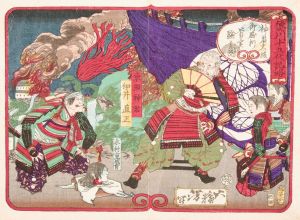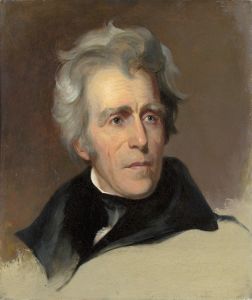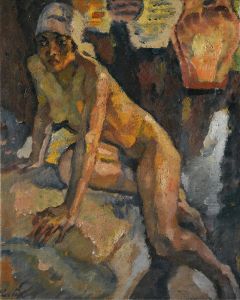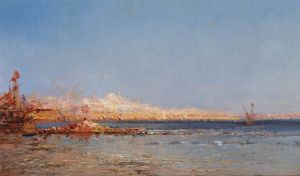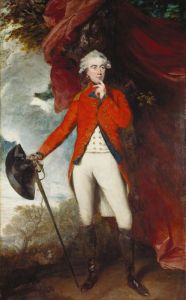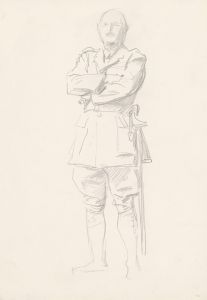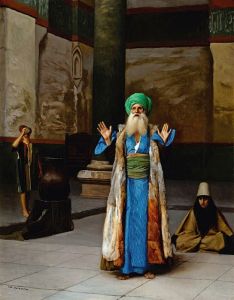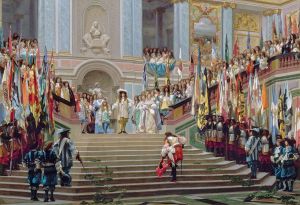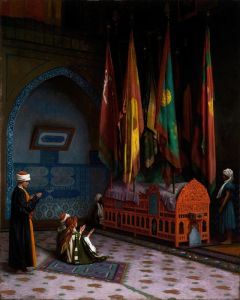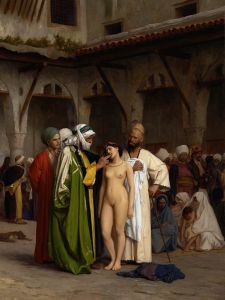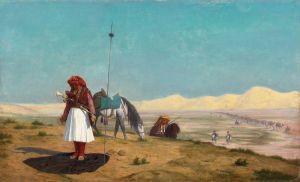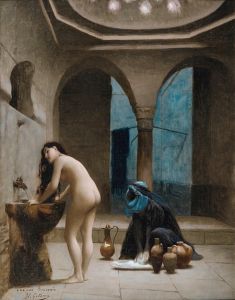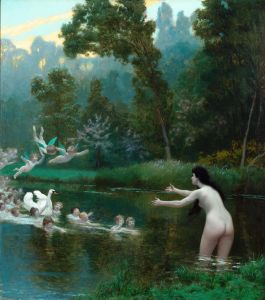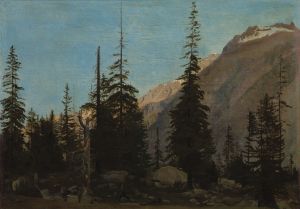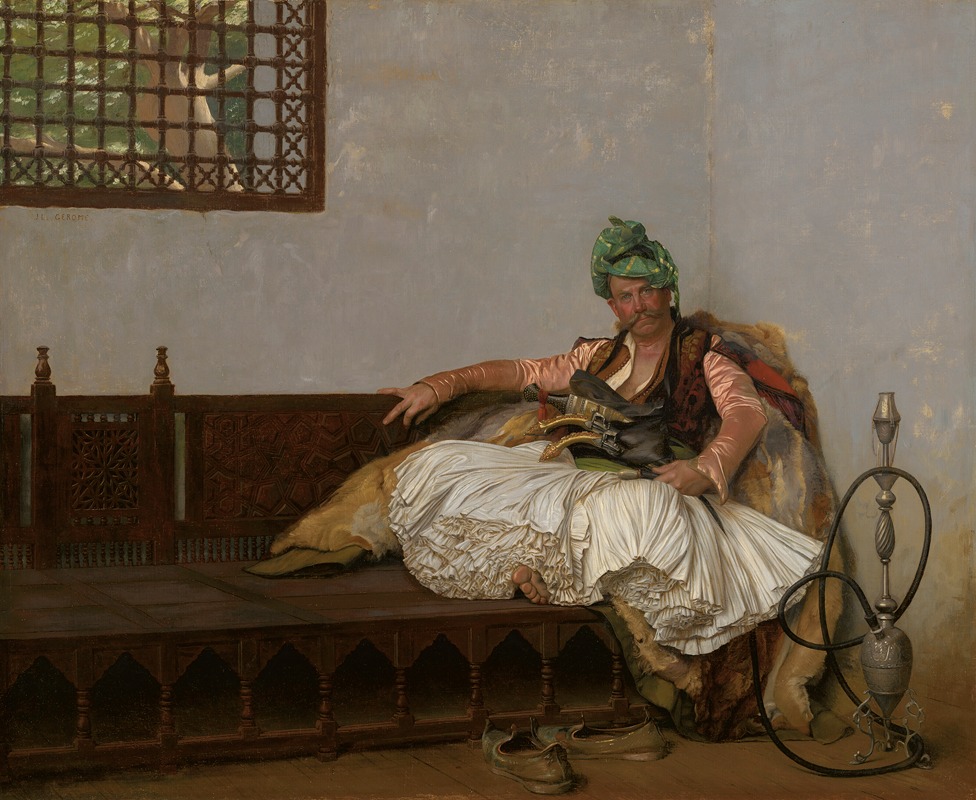
A Bashi-Bazouk Chieftan
A hand-painted replica of Jean-Léon Gérôme’s masterpiece A Bashi-Bazouk Chieftan, meticulously crafted by professional artists to capture the true essence of the original. Each piece is created with museum-quality canvas and rare mineral pigments, carefully painted by experienced artists with delicate brushstrokes and rich, layered colors to perfectly recreate the texture of the original artwork. Unlike machine-printed reproductions, this hand-painted version brings the painting to life, infused with the artist’s emotions and skill in every stroke. Whether for personal collection or home decoration, it instantly elevates the artistic atmosphere of any space.
"A Bashi-Bazouk Chieftan" is a painting by the renowned French artist Jean-Léon Gérôme. Gérôme, born on May 11, 1824, in Vesoul, France, was a prominent painter and sculptor in the 19th century, known for his detailed and historically accurate works. He was a leading figure in the academic art tradition and his works often depicted historical, Orientalist, and classical themes.
The term "Bashi-Bazouk" refers to irregular soldiers of the Ottoman Empire, known for their lack of discipline and their fierce, often brutal, fighting style. The word itself is derived from Turkish, meaning "damaged head" or "leaderless," reflecting their unpredictable nature. These soldiers were often recruited from various ethnic groups within the empire and were known for their distinctive and colorful attire.
In "A Bashi-Bazouk Chieftan," Gérôme captures the essence of these soldiers through meticulous attention to detail and vibrant use of color. The painting portrays a chieftain, or leader, of the Bashi-Bazouks, dressed in elaborate and richly decorated clothing. The chieftain's attire includes a turban, adorned with a feather, and a richly embroidered vest, which highlights the opulence and exoticism associated with the Ottoman military elite.
Gérôme's interest in Orientalist themes is evident in this work. Orientalism, a term coined to describe the depiction of Eastern cultures by Western artists, was a popular genre in the 19th century. Gérôme was particularly fascinated by the Middle East and North Africa, regions he visited multiple times during his career. His travels provided him with firsthand experience and inspiration, which he meticulously incorporated into his paintings.
The painting is characterized by Gérôme's signature style, which includes precise brushwork, a high level of detail, and a realistic portrayal of textures and materials. The chieftain's expression is one of calm authority, and his posture exudes confidence and strength. The background of the painting is relatively simple, ensuring that the viewer's focus remains on the figure of the chieftain.
Jean-Léon Gérôme's works, including "A Bashi-Bazouk Chieftan," were highly regarded during his lifetime and continue to be celebrated for their technical excellence and historical significance. Gérôme's ability to capture the essence of his subjects and his dedication to historical accuracy have cemented his reputation as one of the leading artists of his time.
Today, "A Bashi-Bazouk Chieftan" is part of the collection at the Walters Art Museum in Baltimore, Maryland. The museum houses an extensive collection of Gérôme's works, providing a comprehensive overview of his artistic achievements. The painting remains a testament to Gérôme's skill as a painter and his fascination with the diverse cultures of the Ottoman Empire.
In summary, "A Bashi-Bazouk Chieftan" by Jean-Léon Gérôme is a striking example of 19th-century Orientalist art. Through his detailed and vibrant portrayal of the Bashi-Bazouk chieftain, Gérôme offers a glimpse into the exotic and complex world of the Ottoman military, showcasing his mastery of the academic art tradition and his deep appreciation for historical and cultural accuracy.





